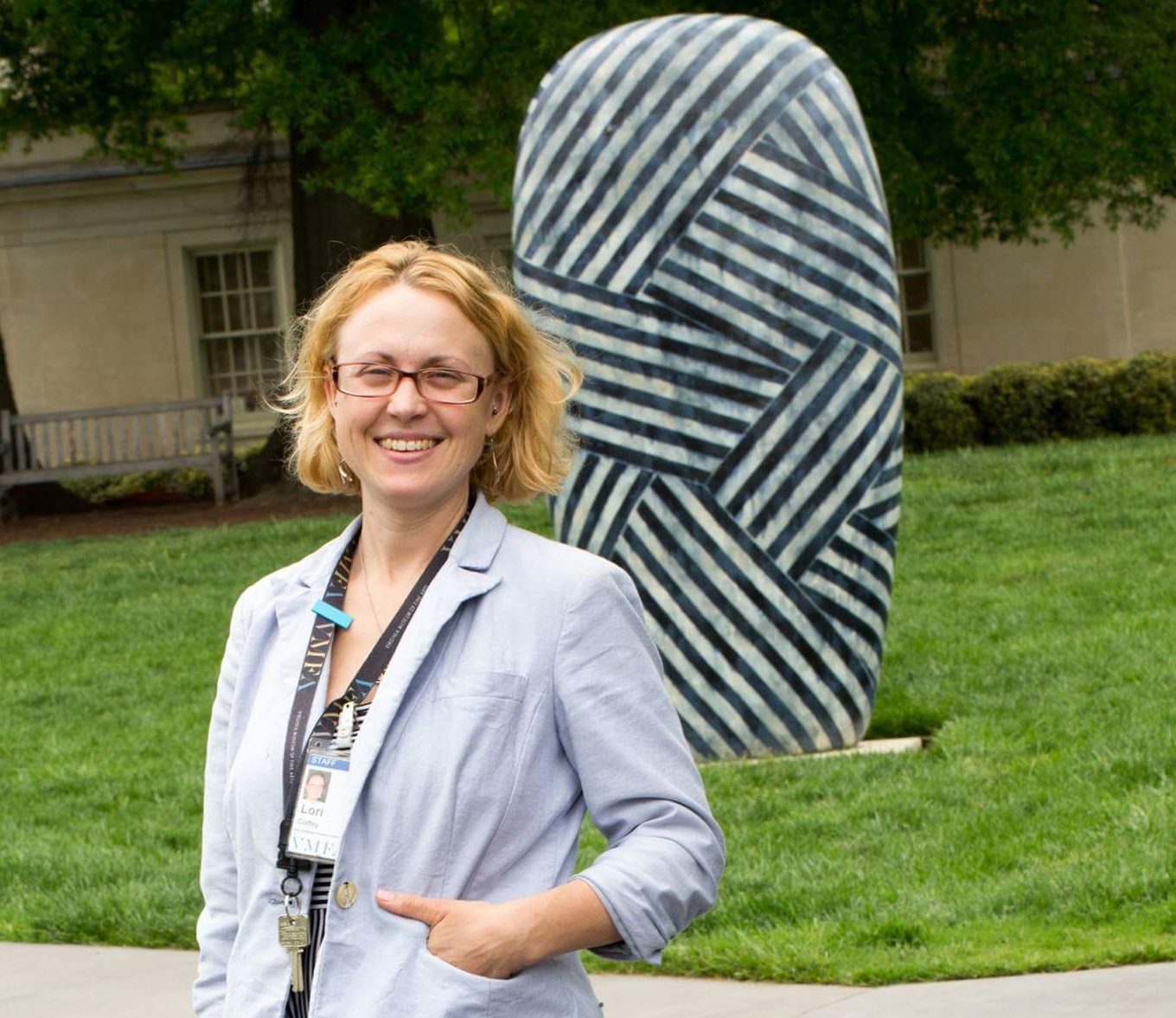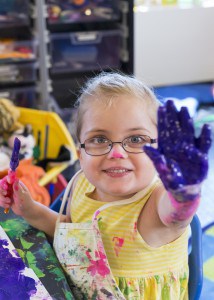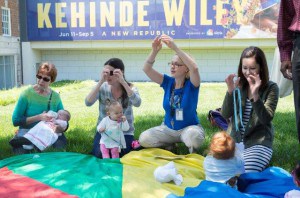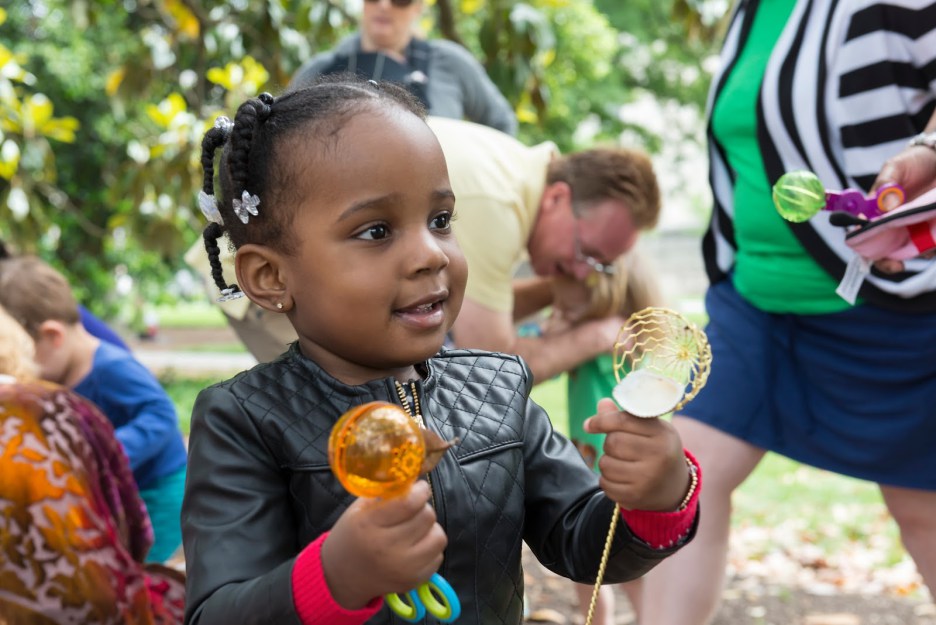
In 2010, as an elementary art teacher, I was surprised to find myself in awe of early learners. I hadn’t realized how important being exposed to art and museums was for little children. I didn’t fully realize that the brain grows 90% in the first 5 years of life. I also wasn’t aware that having preschool and early childhood programs in museums, similar to story times in libraries, supports the surrounding community, and is the perfect place to capture the future museum audience.
Curiosity Camps Summer 2016: Immersed In The Rich Environment Of Vmfa, Children Will Explore, Connect, And Grow, Both As Individuals And As Part Of A Community Of Learners In These Nontraditional Art Camps. Emphasis Will Be Placed Not Only On Art But Also On Play, Music, And Movement Activities, And The Museum Grounds–All Guided By The Interests Of The Group.
Looking for opportunities to tie art to early childhood, in 2010 I became a part-time instructor of the Virginia Museum of Fine Arts’ Young @ Art preschool program for children ages 2-5 years old. The program, which had been in place since 2001 provided lessons based on our collection, included a story time, and a simple art project. But, attendance was not great, and revenue projections were barely being met. The program was limping along.
Fast forward to 2017, I am now the coordinator of a suite of Early Childhood Education programs at the Virginia Museum of Fine Arts, now a thriving program for children 3 months to 5 years of age. I watch ‘the magic’ happen as children, and their caregivers, attend our multifaceted classes. I see eyes light up as they engage in free play and manipulate art materials, thoughts form as they view authentic objects, and make choices. I hear the love for our museum come out of little mouths knowing they will ALWAYS want to visit museums and desire to learn more about art, cultures, and the world around them. I am comfortable in the knowledge that my role as a museum staff member impacts future generations more than many in our field.
In 2013 the Institute of Museum and Library Services published Growing Young Minds, a report that called on museums and libraries to support early learning through innovative programming at their institutions. From this report we know that I am not alone, nor that am I doing something overly radical. However, what happened around that time was the radical part. I let it reinforce my motive and mission as I expanded our formerly small preschool program into a diverse community of classes for children, and their caregivers, 0-5 years old.
I began to read about child development. I observed the difference between projects that engaged children through a variety of materials versus teacher-directed projects with simple outcomes. I implemented interactive components with singing and rhyming, toys and games. I created a cleanup song and a welcome song, a gallery song and a goodbye song. I experimented with class times based on when children attended preschool and took naps. I focused on managing parental expectations realizing that I was teaching the caregivers as well as the children. Attendance began to climb. Audience feedback returned with positive responses.
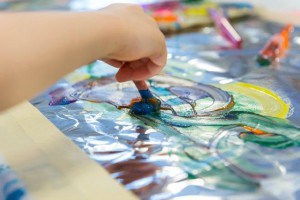
Meanwhile I was inspired to create a program for infants and toddlers. I knew this was a great place for children under two and was excited to reach a younger audience. I proposed the Artsy Infants program to my supervisor and received welcome support. I created a pilot program and shortly thereafter was able to introduce the Tot’s of Art program, which was immediately embraced by the Richmond community.
As the new programs continued to develop I began researching teaching pedagogies, searching for a method of teaching that supported both child-centered learning and museum-based early childhood education. My search led me to the Reggio Emilia teaching approach. This philosophy believes that there are three teachers: the child, the environment and the teacher. Emphasis is placed on children being capable participants in their learning experience with the teacher acting as a guide and researcher.
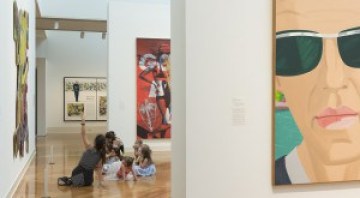
The concept of environment as teacher really spoke to how well this approach fit for us; we were already using the gallery spaces, VMFA’s collection and Sculpture Gardens. I was inspired by how invested children could be when they were able to make their own choices. Children have something to add to the conversation and the key to our success was to include their voices.
I revised our approach with everything; from how we describe our programs, choose our themes, write our lessons, and discuss works of art, to how we deliver instructions for the art project. A neighboring school provided professional development and support to our journey of transformation. It’s been a bit like relearning a language! It has taken time, trial, reflection and forgiveness.
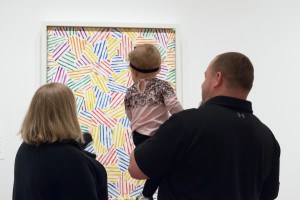
I hope my story has inspired you to reach early learners in your community. Creating a program like we have at VMFA is an attainable and admirable goal. If you have a space, you can fill it. When setting up the learning environment, creative thinking can get you far on a small budget. Reports like Growing Young Minds make the case for your museum to fund it. With a little imagination, excitement, and divergent thinking no program is impossible!
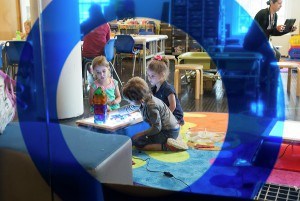
Bio: Lori Valente Coffey is the Early Childhood Education Coordinator at Virginia Museum of Fine Arts, facilitating learning experiences in children ages 3 months to five years old. She expanded the program to reach infant and toddler age children and recently took on the role of full-time coordinator. Lori has taught in public schools throughout the state and has extensive experience working with children of all ages. She holds a BA in Art Education and a BA in Painting and Printmaking from Virginia Commonwealth University. Her contact information is lori.coffey@vmfa.museum or 804.340.1343.
